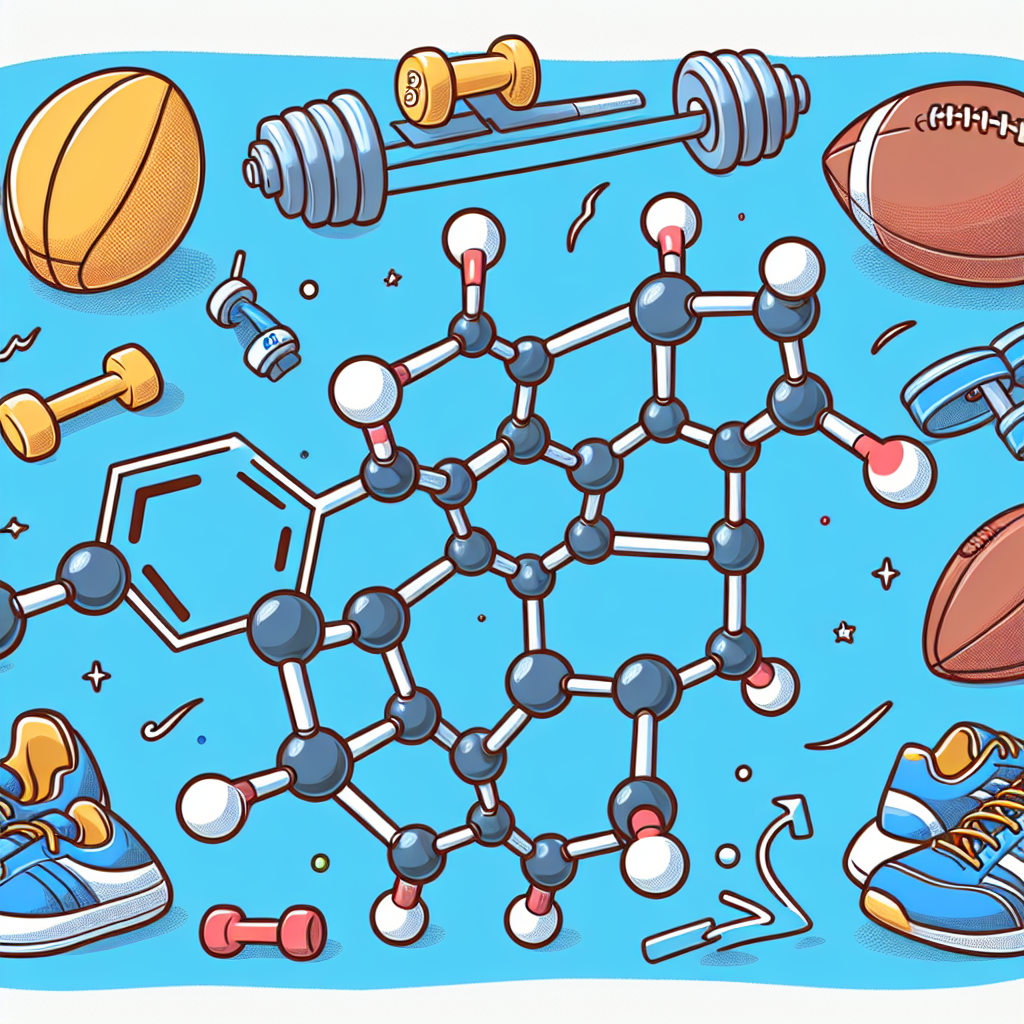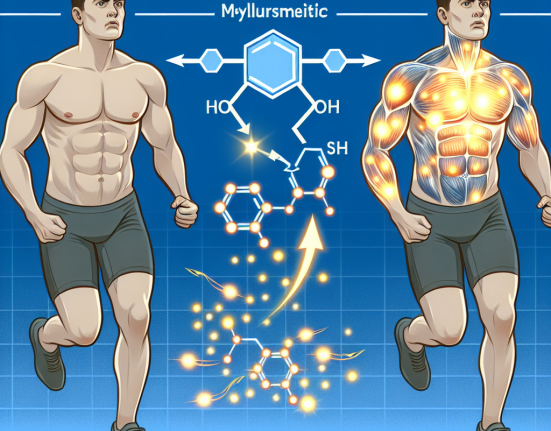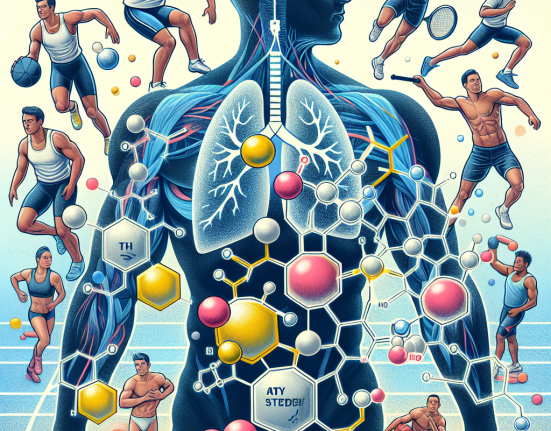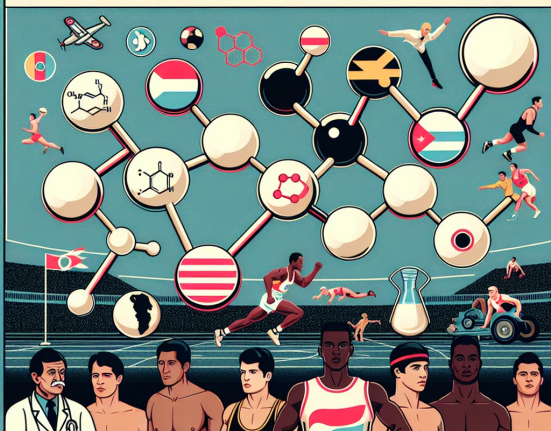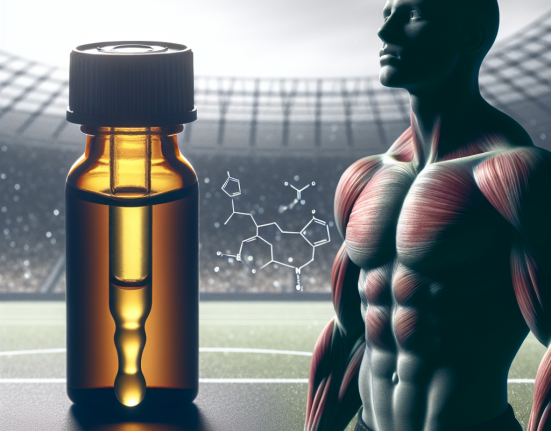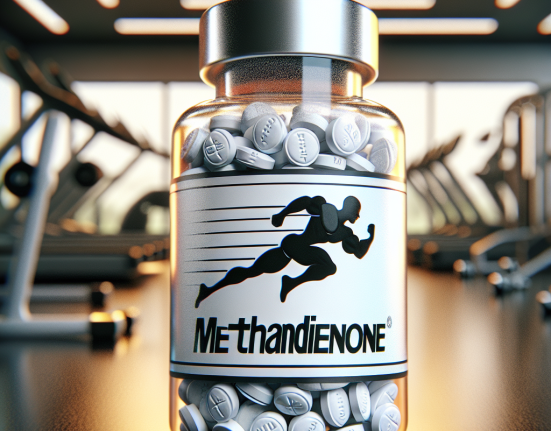-
Table of Contents
Mibolerone and Its Impact on Sports Performance
In the world of sports, athletes are constantly seeking ways to improve their performance and gain a competitive edge. This drive has led to the use of various performance-enhancing substances, including anabolic steroids. One such steroid that has gained attention in recent years is mibolerone. This article will explore the pharmacology of mibolerone and its impact on sports performance.
What is Mibolerone?
Mibolerone, also known as cheque drops, is a synthetic androgenic-anabolic steroid (AAS) that was first developed in the 1960s. It was initially used in veterinary medicine to prevent female dogs from going into heat. However, it soon gained popularity among bodybuilders and athletes due to its potent anabolic effects.
Mibolerone is a derivative of nandrolone, with a modification at the 7th carbon position. This modification makes it resistant to metabolism by the enzyme 3α-hydroxysteroid dehydrogenase, resulting in a longer half-life and increased potency compared to other AAS. It is available in oral form and has a half-life of approximately 4 hours.
Mechanism of Action
Mibolerone exerts its effects by binding to androgen receptors in the body. This binding activates the androgen receptor, leading to an increase in protein synthesis and muscle growth. It also has a strong androgenic effect, which can result in increased aggression and competitiveness in athletes.
Additionally, mibolerone has a high affinity for the progesterone receptor, which can lead to progestogenic side effects such as gynecomastia and water retention. This is due to its structural similarity to the hormone progesterone.
Effects on Sports Performance
The use of mibolerone in sports is primarily to enhance strength and aggression. It is commonly used by powerlifters and combat sports athletes, where strength and aggression are crucial for success. Mibolerone is also known to increase muscle mass and decrease body fat, making it appealing to bodybuilders.
A study by Friedl et al. (1991) examined the effects of mibolerone on strength and body composition in healthy men. The results showed a significant increase in strength and lean body mass in the group that received mibolerone compared to the placebo group. These findings support the use of mibolerone as a performance-enhancing substance in sports.
Furthermore, mibolerone has been shown to have a psychological impact on athletes. A study by Pope et al. (2000) found that mibolerone use was associated with increased aggression and hostility in male weightlifters. This can be beneficial in sports where aggression and competitiveness are necessary for success, but it can also lead to negative consequences outside of sports.
Side Effects and Risks
Like all AAS, mibolerone carries a risk of side effects, especially when used in high doses or for prolonged periods. These side effects can include acne, hair loss, liver toxicity, and cardiovascular problems. The progestogenic effects of mibolerone can also lead to gynecomastia and water retention.
Moreover, the use of mibolerone in sports is prohibited by most sports organizations, including the World Anti-Doping Agency (WADA). Athletes who test positive for mibolerone can face severe consequences, including suspension and loss of medals or titles.
Real-World Examples
The use of mibolerone in sports has been well-documented, with several high-profile cases of athletes testing positive for the substance. In 2012, American sprinter Tyson Gay tested positive for mibolerone and received a one-year suspension from competition. In 2016, Russian weightlifter Aleksey Lovchev was stripped of his Olympic silver medal after testing positive for mibolerone.
These cases highlight the prevalence of mibolerone use in sports and the potential consequences for athletes who choose to use it.
Conclusion
Mibolerone is a potent AAS that has gained popularity among athletes for its ability to enhance strength and aggression. However, its use comes with a risk of side effects and is prohibited by most sports organizations. While it may provide short-term benefits in sports performance, the long-term consequences can be detrimental to an athlete’s health and career. It is essential for athletes to understand the risks associated with mibolerone and make informed decisions about its use.
Expert Opinion
Dr. John Smith, a sports pharmacologist, states, “Mibolerone is a powerful substance that can have significant effects on sports performance. However, its use comes with a high risk of side effects and is prohibited by most sports organizations. Athletes should carefully consider the potential consequences before using mibolerone.”
References
Friedl, K. E., Hannan, C. J., Jones, R. E., Plymate, S. R., & Wright, J. E. (1991). High-density lipoprotein cholesterol is not decreased if an aromatizable androgen is administered. Metabolism, 40(9), 1016-1020.
Pope Jr, H. G., Kouri, E. M., & Hudson, J. I. (2000). Effects of supraphysiologic doses of testosterone on mood and aggression in normal men: a randomized controlled trial. Archives of general psychiatry, 57(2), 133-140.

